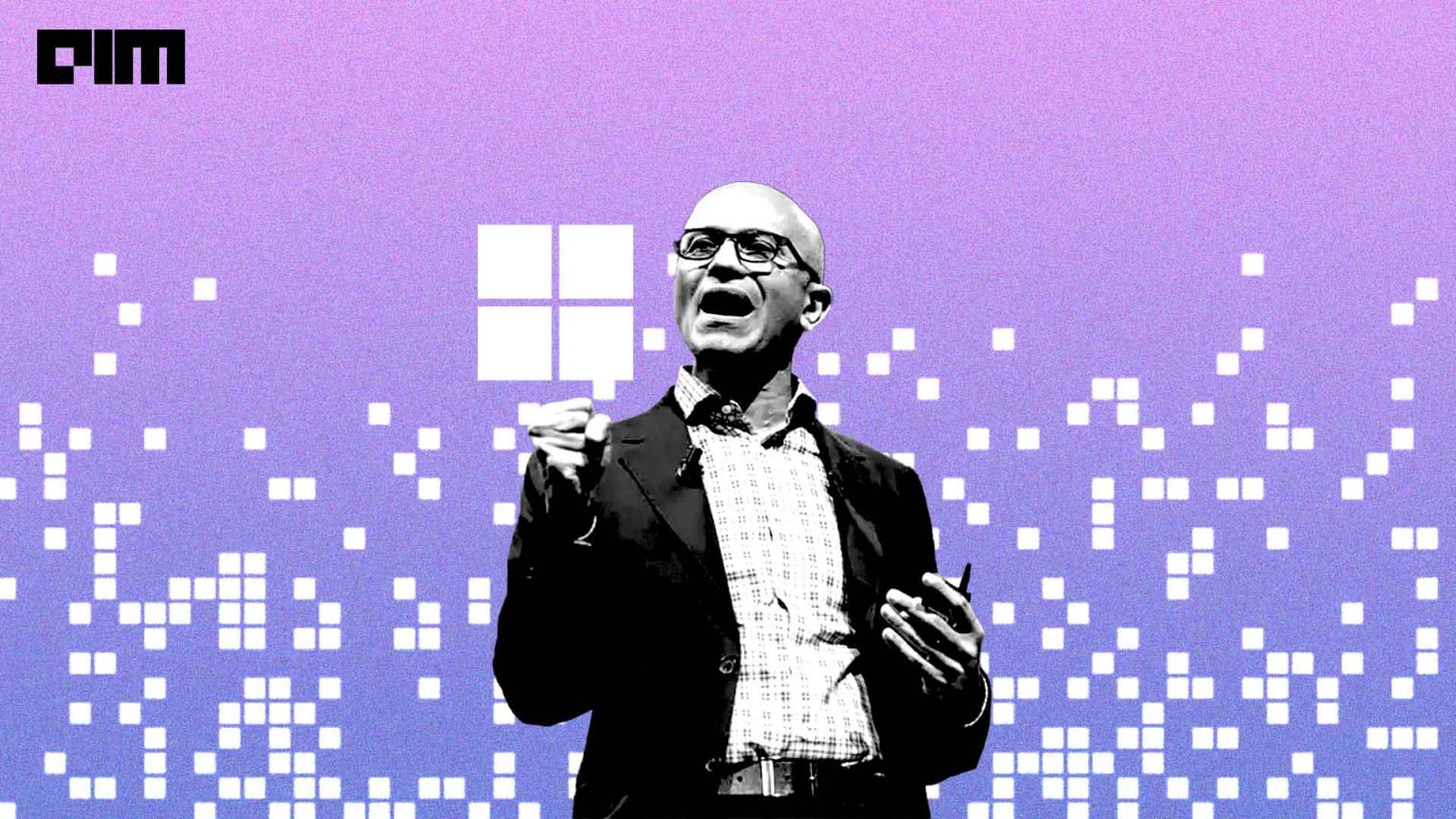Microsoft has come a long way since 2001 when the software giant’s former CEO Steve Ballmer made a snarky remark against open source – particularly Linux. Followed by ChatGPT’s public release late last year 2023 was all about giving the technology to the people, especially developers and researchers.
Microsoft did its bit by releasing several AI and machine learning models, projects and libraries all round the year.
From the slew of products the company released under Satya Nadella’s leadership, here are the 8 projects you should check out:
Orca and Orca 2
Today the company led by Nadella, has released Orca 2. These are a duo of small language models that, in tests involving intricate reasoning tasks in zero-shot settings, prove to be on par with or even surpass language models much larger in size – we’re talking about five to ten times larger, including Meta’s Llama-2 Chat-70B.
These Orca 2 models come in two versions: one with 7 billion parameters and another with 13 billion parameters. They are an evolution of the original 13 billion parameter Orca model, building upon the groundwork laid by its predecessor.
Terminal Chat
One of the freshest additions to Microsoft’s open-source lineup is Terminal Chat. Right now, it’s hanging out in Windows Terminal Canary, giving users the ability to chat with an AI service right there in the terminal.
This nifty feature lets users tap into smart suggestions, like getting help with commands or figuring out those pesky error messages, all without losing track of what’s going on in their terminal session.
Phi-2
At the recent Ignite conference, Microsoft introduced its new small language model called Phi-2. It’s the successor to versions 1 and 1.5 released earlier this year. Phi-2, with its 2.7 billion parameters, is better than the Llama-2-7B model in maths and coding.
There’s also talk of a chat version of Phi-2 in the works to fix some of its weaknesses in these areas.During the same conference, Nadella announced something called ‘Models as a Service.’ This means users can now access open-source models through hosted APIs. It’s like getting to use fancy tech tools without having to set them up yourself.
Radius
At the Linux Foundation Members Summit, Mark Russinovich, the Chief Technology Officer of Microsoft Azure, introduced an open-source initiative known as Radius. This platform is designed for cloud-native applications, allowing developers and operators to create, deploy, and work together on such applications across both public clouds and private infrastructure.
Radius comes packed with handy features like Recipes and Connections. These elements play a crucial role in streamlining deployments and automating the process of setting up resources. Essentially, Radius offers teams a centralised toolkit, making collaboration more effective and efficient.
Visual ChatGPT
In April of 2023, OpenAI introduced Visual ChatGPT, a chatbot designed to create and manipulate images in response to text inputs from users. This innovative system merges OpenAI’s ChatGPT with 22 distinct visual foundation models (VFM), enhancing its capabilities to facilitate multi-modal interactions.
Notably, the bot has the ability to produce images in two ways: it can either generate images from the ground up using a textual prompt or tweak existing images from the chat history. This dual functionality adds a dynamic dimension to its image-related responses.
Semantic Kernel
In March, the company decided to make public an internal project aimed at helping developers incorporate advanced AI models into their applications.
This project, named Semantic Kernel (SK), available on GitHub is described as “a lightweight SDK that facilitates the integration of large language models with traditional programming languages.”
By open-sourcing SK, the company not only expedites the process of developing AI-centric applications but also provides developers with a peek into the inner workings of the SDK. This transparency is in contrast to OpenAI’s approach with GPT-4, where the release of technical details has been withheld, deviating from past practices.
Olive
Microsoft has made Olive open source to provide users with a level of access to AI tooling similar to what Microsoft’s Windows team enjoys.
Once integrated into the user’s development environment, Olive becomes a handy tool for automating the tuning and optimization of models tailored for specific hardware targets. Olive offers a variety of tuning options, each designed for different model types.
For instance, if you’re working with a transformer, Olive can implement relevant optimizations and assist in striking a balance between the constraints on your model, effectively managing both latency and accuracy.
The company has announced the renewed version of Feathr a year after it was released in 2023. This latest iteration has a host of new features and improvements, including online transformation, a fast sandbox environment, integration with the MLOPs V2 accelerator, and numerous other enhancements. These additions are geared towards expediting the development and deployment of machine learning projects on an enterprise scale.
The post 8 AI Projects Microsoft Open-Sourced in 2023 appeared first on Analytics India Magazine.

